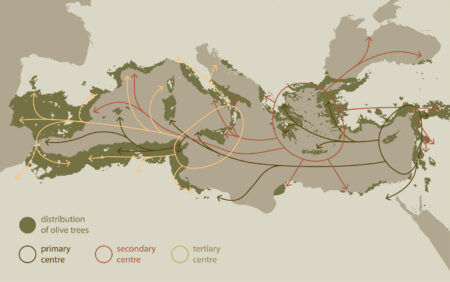Genebanks have a communication problem: they are a do-something-for-tomorrow thing in a something-must-be-done-now world. Well, it turns out that some important people are increasingly seeing these two seemingly quite different ways of prioritizing as not necessarily mutually exclusive. This is from last week’s The Economist:
In a recent article, a number of world leaders including Joe Biden of America, William Ruto of Kenya and Muhammad bin Zayed of the United Arab Emirates wrote that they were convinced “poverty reduction and protection of the planet are converging objectives”. Some policies do indeed provide useful fixes for both. Sustainable agriculture cuts emissions, climate-proofs the food supply and reduces the risk of famine…
Now to convince Messrs Biden, Ruto et al. of the connection between sustainable agriculture and crop diversity…
LATER: Maybe add the Chinese authorities to that list?
